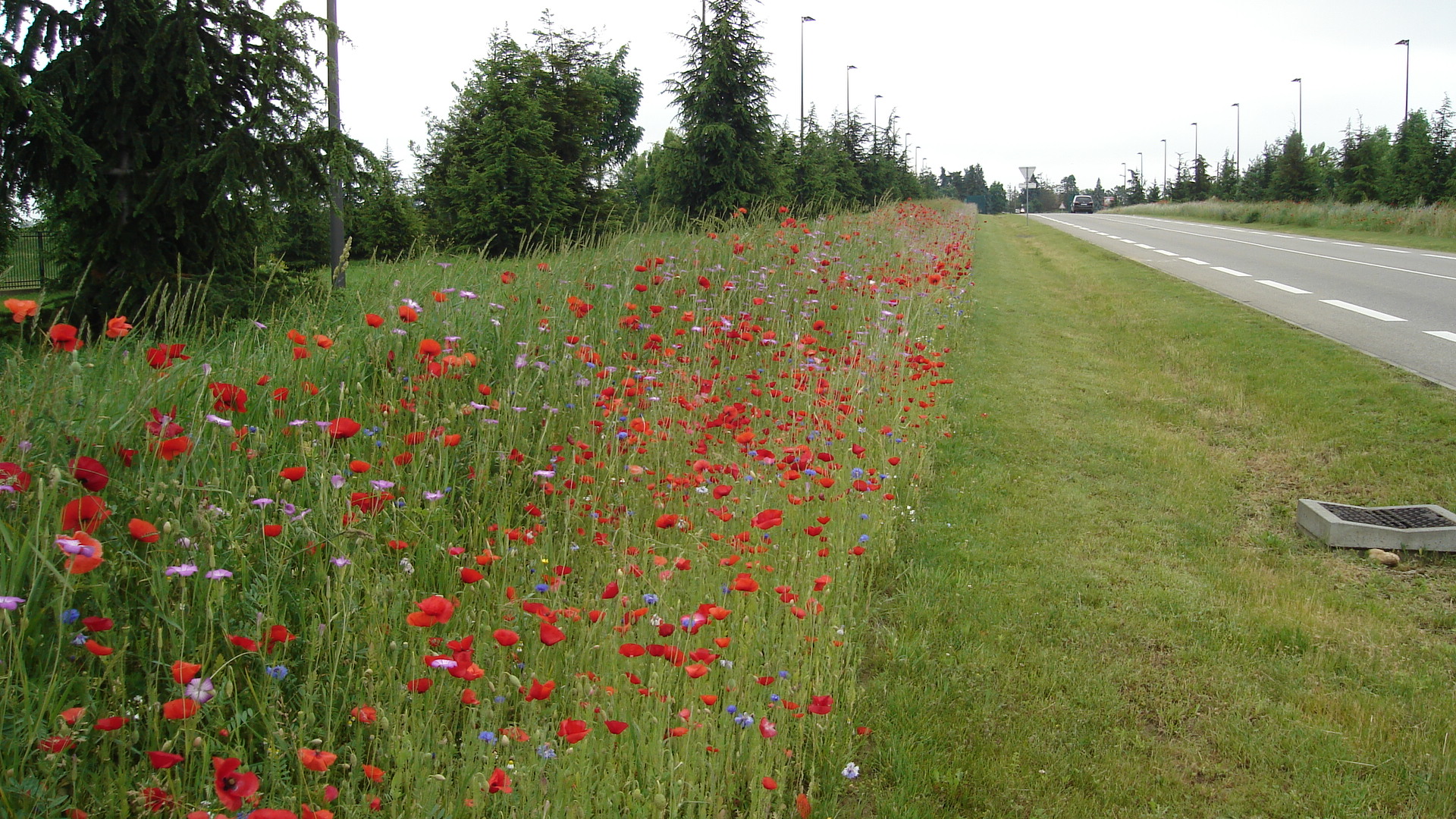Committed to biodiversity: three organizations show the way

Are you committed to biodiversity?
Showcase your efforts with a label or certificate!
The first step is to measure your impact.
Certifications such as AFAQ Biodiversité enable you to work effectively in project mode, and display your commitments with an objective sign, free from any greenwashing.
But you can also approach the issue through the prism of the environment in the broadest sense, or even through the prism of corporate social responsibility (CSR).
In this case, the appropriate stamp is ISO 14001 certification, as at Ciments Calcia and GSM Granulats, or in the second case, Engagé RSE, as at Caves de Rauzan and developer Segex.
Clean Ports certification in Sud-Paca’s ports
Conversely, others have adopted more specific approaches, such as UPACA (Union des ports de plaisance de Provence-Alpes-Côte-d’Azur et Monaco) with its AFAQ Ports propres certification.
This mark now enjoys international recognition, following the transformation of the Franco-French standard into ISO 18725 at the beginning of June 2024.
” L he Port propre certification process helps us to combat all the pollution that can affect us: waste, leaks from careening areas, external pollution such as the recent collision between two cargo ships off the coast, etc. This approach has borne fruit.
This approach has borne fruit, and we have seen a return of flora and fauna to our committed ports. “says Véronique Tourrel-Clément, general delegate of Upaca.

Shallow, sun-drenched waters encourage biodiversity. In harbours, however, smooth walls prevent young fish from protecting themselves. They are immediately targeted by predators, and biodiversity initiatives are reduced to nothing. “Working with biologists, we have created artificial habitats for seahorses, fry and other molluscs.
These are aluminum cages – a material that doesn’t deteriorate in water – filled with oyster shells and immersed at various points in the harbors, where they can take refuge.
Gradually, the tubes are covered with algae and the fauna begins to develop. “says Véronique Tourrel-Clément.
This action and others are included in the criteria for the ” Ports actifs en biodiversité ” certification, which the port of Bormes-les-Mimosas (Var) was the first to obtain.
Label Engagé RSE at Segex and Caves de Rauzan
At Segex, we have chosen the label to highlight our efforts in the field of biodiversity.
“We have made CSR the backbone of our development. Our activities are directly linked to environmental and biodiversity issues. We already have the Engagé RSE label for one of our green spaces companies, and our commitment is inseparable from that of our customers. We support them in taking concrete, local action to safeguard or develop biodiversity on their sites,” explains Bénédicte de Gorostarzu, Director of Sustainable Development.
On the menu of actions: more extensive management of spaces, even those on highly constrained industrial sites such as natural gas storage facilities; the development of a range of techniques and equipment for the ecological management of all kinds of gardens; contributing to the preservation of animal breeds, such as the Solognot sheep, rehabilitated through grazing; and taking biodiversity into account on public works sites.
“In the same way as the ‘safety quarter hours’, we have created ‘biodiversity quarter hours’ devoted to these issues,” emphasizes Bénédicte de Gorostarzu. CSR assessment reports help us to steer these actions and go beyond regulations, a strategic commitment for our group.”

In Gironde, the Caves de Rauzan also approach all their activities from a responsible angle.
The 340 winegrowers in the network, spread over 3,600 hectares, are made aware of this on a daily basis.
To take this approach a step further, the teams have been looking at the interaction between their vines and their natural environment.
Fauna and flora inventories identified no fewer than 109 species! “We decided to bring this biodiversity to the general public by creating two walking trails of 1.5 and 4 kilometers, punctuated by information desks on the flora and fauna present, says Laure Durand, CSR Manager.
AFAQ ISO 14001 certification at Ciments Calcia
Finally, there are those who approach biodiversity through the prism of the environment in the broadest sense.
The appropriate stamp of approval is ISO 14001 certification, as at Ciments Calcia and GSM Granulats.
Here’s how Valérie Cauchi, Head of the Environment Department, talks about it: “Through the quarrying of our raw materials, the basic building materials, our activities have an impact on nature.
We have therefore taken this issue seriously, deploying an ISO 14001 and now AFAQ Biodiversity-certified environmental management system. Over and above simply complying with regulations, this commitment guides us in the design of our projects, and then at every stage of the works”.

In concrete terms,” continues Valérie Cauchi, we make a careful selection of the areas that can be exploited, in consultation with stakeholders, and then during the highly supervised impact study process.
During operation, we remain vigilant with regard to any species that may take up residence: in our stockpiles of finished products, for example, bank swallows find an ideal place to nest.
Do not disturb them! ” The company also pays particular attention to the redevelopment and restoration of its sites, creating favorable habitats for species such as the Natterjack toad and the European pond turtle. “We take into account the heritage character of the area.
This is essential for protecting biodiversity and ensuring that our current and future activities are acceptable to public authorities and all stakeholders. “concludes Valérie Cauchi.